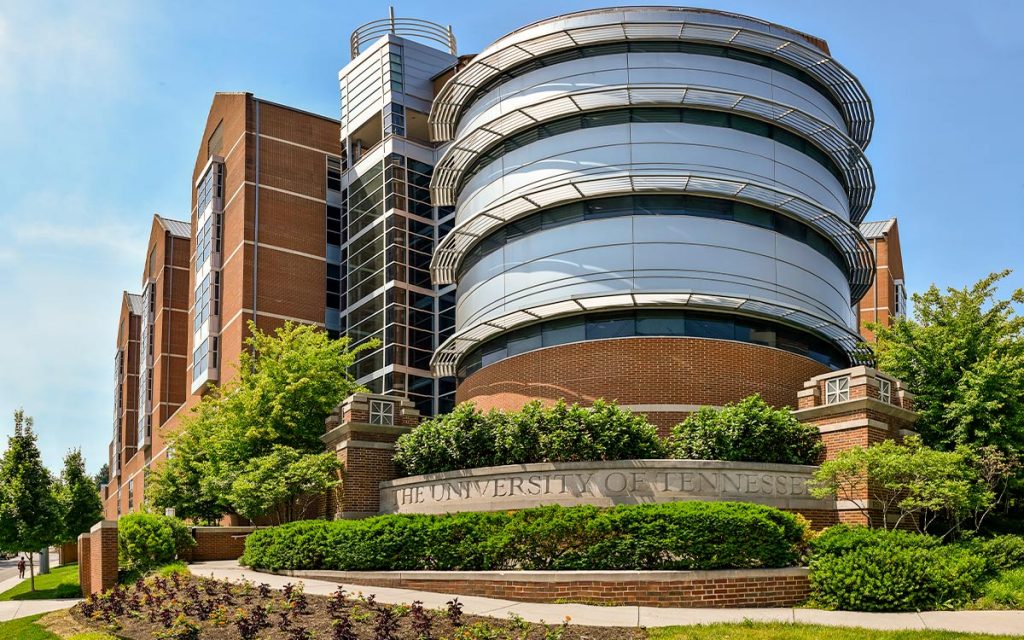Bridging the Gap—Project Aims to Increase Transportation Equity
The ease in getting from point A to point B can vary greatly due to a number of factors, including location, services offered, and economic disparities. Similarly, geographical and economic barriers to infrastructure development have created an automobile-dominated transportation system and a pronounced digital divide based on race, income, and rural-urban status.
A new National Science Foundation-backed initiative led by the University of Tennessee (UT), Knoxville, the Knoxville Community Development Corporation (KCDC), and the United Way of Greater Knoxville hopes to change that.
In broad terms, the team hopes to look at data related to transportation and information technology accessibility in Knoxville, and then look beyond those numbers to offer solutions to the problems they find, some of which were exacerbated by the pandemic. These solutions explore the convergence of transportation and information infrastructure, meaning that movement of data can leverage the vehicles that move people and goods throughout the city.
“Knoxville is a good test bed for this research, being a mid-size city with some forms of public transportation, but one that, in many ways, almost requires a personal vehicle to navigate,” said Min H. Kao Department of Electrical Engineering and Computer Science Associate Professor Micah Beck, principal investigator on the project. “There is a big divide in racial and ethnic income inequality, which is often tied to specific geographic areas around the city, and these factors also play into a person’s ability to move between locations.”
Along with Beck, other team members at UT are UT Institute of Agriculture Assistant Professor Sreedhar Upendram, College of Social Work Associate Professor Courtney Cronley, Tickle College of Engineering Associate Dean for Academic and Student Affairs Ozlem Kilic, and Center for Transportation Research Interim Director Jerry Everett.
The team recognized the need to share data with the community, and to bring information technology to bear in areas where it might otherwise be lacking.
To do this, they made working with the community a top priority from the start, recognizing that it was important to have involvement for both ideas and for ease of adoption of any changes that the research might identify.
“We want to heavily involve our community, both for the diversity of ideas and experiences that they bring to the table, as well as to help our understanding of their needs and their acceptance of recommendations,” said Beck. “Having them involved as much as possible should lead to a better, smoother process, which could then be replicated in other cities and other communities.”
He also pointed out that the convergence of information technology and transportation options could lead to greater equity in socio-economic opportunities across the community, making the project truly impactful for local residents.
